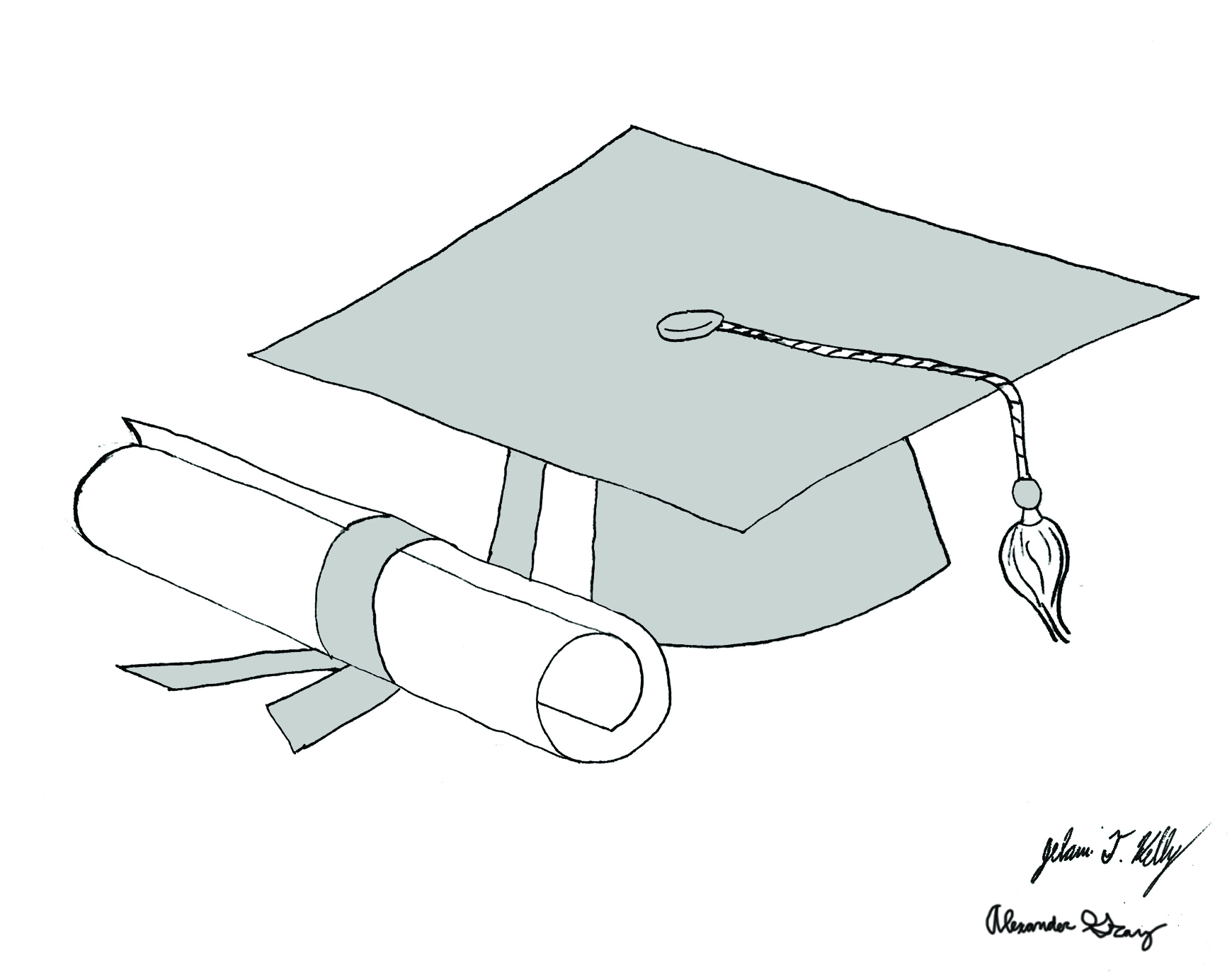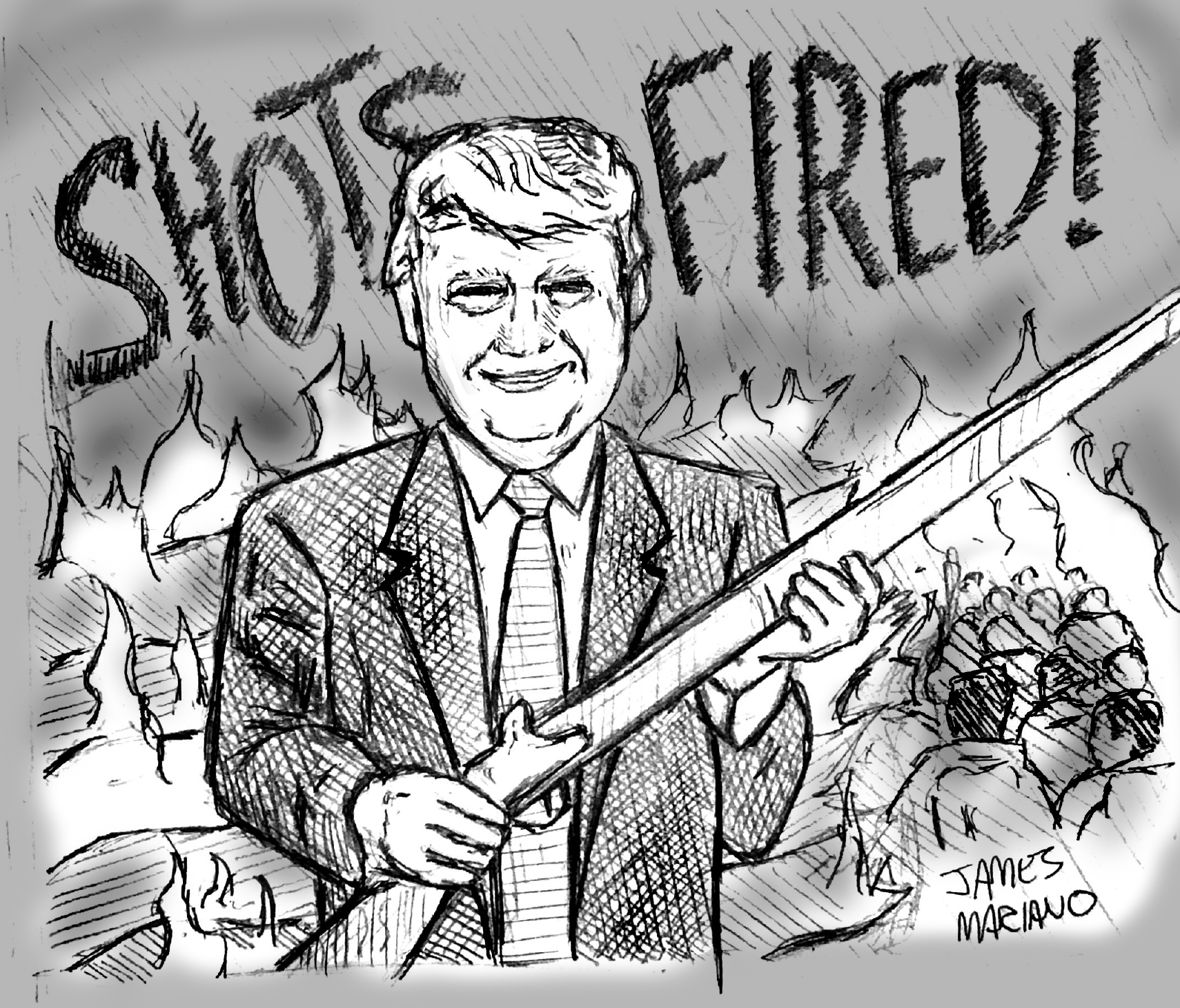On April 19, philly.com published an opinion articlet from Drexel University President John A. Fry about the death of Tim Piazza and the need for a crackdown on hazing. In the article, he expressed his support for a bill introduced by Pennsylvania Senate Majority Leader Jake Corman, which called for required anti-hazing policies in Pennsylvania among other things.
I think few would disagree with President Fry’s point, that hazing — especially when it involves excessive quantities of alcohol, as in Piazza’s case — is dangerous, and can have very serious consequences. Requiring policies against hazing seems prudent. In that sense, President Fry’s words are admirable.
We are disappointed, therefore, only in what he chose not to say.
In September of 2015, Drexel student and member of Pi Kappa Phi Ian McGibbon attended an all-you-can-drink event at Cavanaugh’s River Deck. Afterwards, he suffered a punch to the face from a member of another Drexel fraternity. A few months later, he was declared incapacitated by a court due to his brain damage from that injury.
When McGibbon’s parents filed suit against Drexel’s Pi Kappa Phi chapter and several other parties in July 2017, their attorney’s press release stated that 911 was not contacted for more than 10 hours following McGibbon’s injury. This is eerily reminiscent of the neglect of Tim Piazza, who was drunk, and then injured, and then left without medical attention for a significant amount of time.
Of course, we do not know that hazing was involved in McGibbon’s injury. However, it did involve problematic action of lack of action by fraternity members, which is very relevant to President Fry’s article. Part of the bill that he expresses support for includes legal protection for people who contact the police when such an event occurs. Is that not directly related to the case of McGibbon, for whom authorities were not called until hours after he was injured?
“To be sure, Drexel is not immune and has had its sharing of fraternity drinking incidents,” is the only vague allusion to McGibbon and any students like him. It hardly seems like enough.
We applaud President Fry for taking a stand against hazing. We share his sympathy for Tim Piazza and his family. However, his complete failure to even mention McGibbon feels both negligent and ignorant. He had a chance to maturely recognize the way the tragedy of excessive drinking, injury, and neglect in a Greek life setting has impacted our own campus, and has forever damaged the life of a Drexel student. Ian McGibbon is more than a “fraternity drinking incident.” He deserves to be named — especially by the president of his own university.



 During his
During his